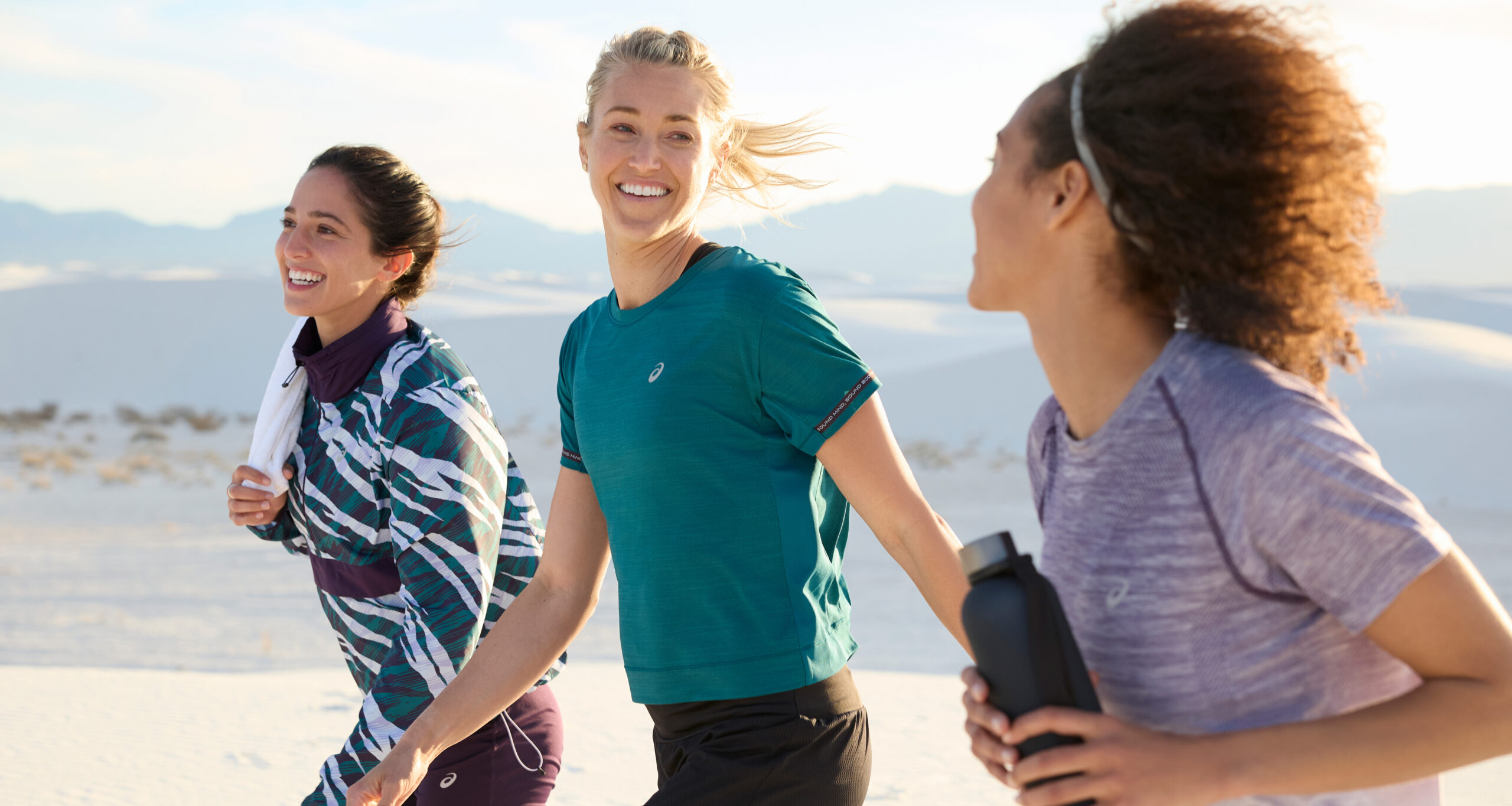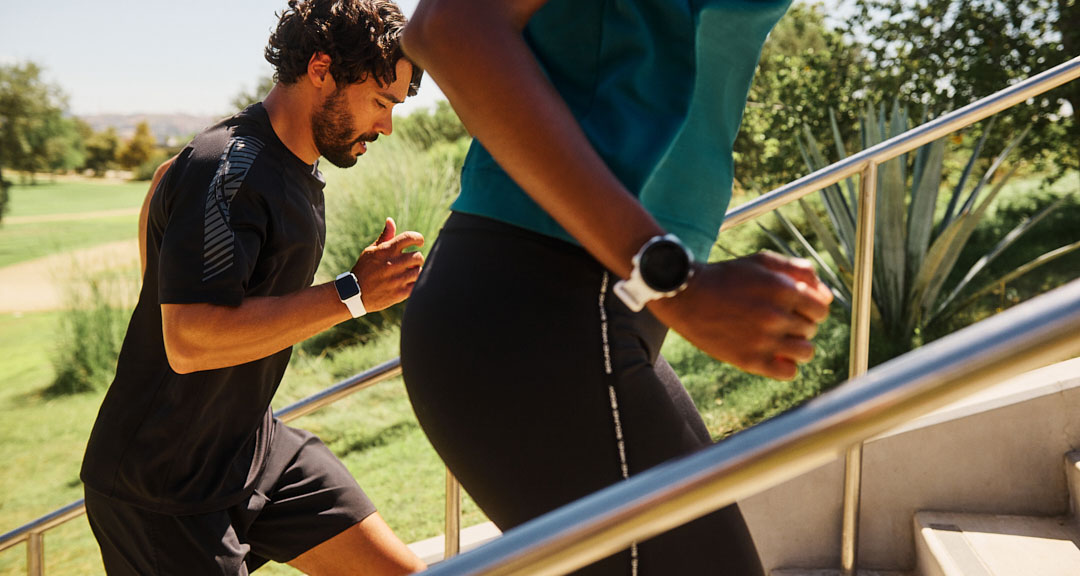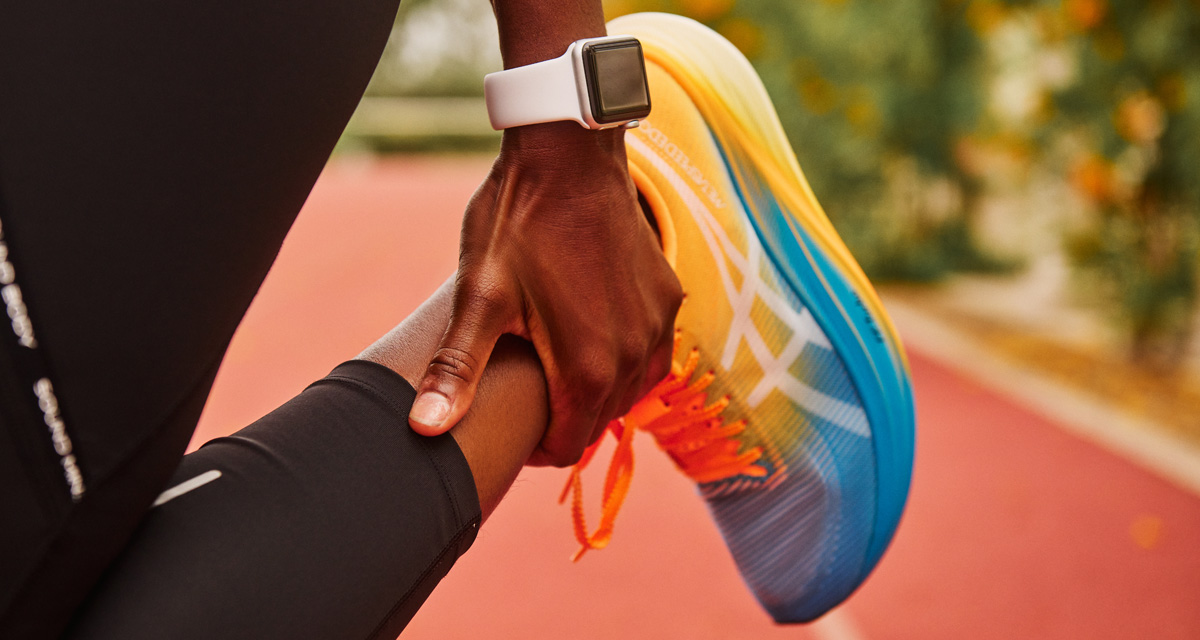How to Keep Running Strong During the Menopause Transition
Menopause isn’t the end of your running career—it’s the start of a new chapter. Your body is changing, but that doesn’t mean you have to struggle through exercise and life. With the right training, nutrition, and recovery strategies, you can continue to thrive as a runner.
How Hormonal Changes Impact Running
As estrogen levels drop, your body’s ability to repair muscle and maintain bone density declines. Recovery takes longer, and you may notice that your joints and tendons feel stiffer. The reduced estrogen also affects cardiovascular performance, so your VO₂ max (your body’s ability to use oxygen during exercise) naturally drops. On top of that, menopause symptoms—like joint pain, sleep disruption, and increased injury risk—can interfere with consistent training.
The good news? You can counteract these effects with smart strength training, strategic nutrition, and better recovery.
Strength training isn’t optional anymore—it’s essential. Research shows that lifting moderate to heavy weights (60–80% of your 1-rep max) two to three times per week helps maintain muscle mass, bone density, and running economy.
Dial in Your Nutrition
Menopause speeds up bone loss due to the drop in estrogen, increasing the risk of stress fractures. Plyometric training can help, but consistency matters more than intensity. Postmenopausal women naturally have higher levels of sclerostin and CTXI (bone resorption markers), which means their bones are breaking down faster than they’re rebuilding. Strength training and proper nutrition can help tip the balance in your favor.
Hot flashes and night sweats are common sleep disruptors during menopause. And poor sleep means poor recovery. Research shows that sleep disturbances increase injury risk and slow down muscle repair.
Here’s how to improve sleep:
✅ Keep your room cool – in the mid-low 60’s
✅ Avoid screens 30 minutes before bed.
✅ Try relaxation techniques like deep breathing or meditation.
✅ Take a hot showed before bed
Your VO₂ max and maximum heart rate naturally decline with age, so you might find that workouts feel harder than they used to. Adjust your expectations and training intensity accordingly.
Pelvic Health and Injury Prevention
Pelvic floor issues, like incontinence and prolapse, are more common post-menopause—but strength training can help. A study on female athletes found that women who lift heavy weights don’t have a higher risk of pelvic organ prolapse. Including pelvic floor exercises (like Kegels) in your strength routine can improve comfort and prevent these issues.
New Menopause Resources in the Fast Bananas App
We know this transition can be tough—but you don’t have to figure it out alone. We’ve added a dedicated Menopause Section to the Fast Bananas app, featuring expert guidance from Selene Yeager and Carrie Pagliano. This section will continue to grow with valuable content designed to help you adapt and thrive as a runner during menopause.
Menopause isn’t the end of strong running—it’s a chance to adapt, evolve, and keep chasing your goals. Lace up and keep moving forward!
Citations:
-
Rothschild CE, Collingwood TG. Maximizing Running Participation and Performance Through Menopause. J Women’s & Pelvic Health Phys Ther. 2023.
-
El Khoudary SR, et al. Menopause Transition and Cardiovascular Disease Risk. J Am Coll Cardiol. 2020.
-
Walton J. Stretch-Shortening-Cycle Function and Muscle-Tendon Unit Properties in Active Pre- and Early Post-Menopausal Women. U Calgary. 2025.
-
Nelson K, et al. Osteokines and Bone Markers at Rest and Following Plyometric Exercise in Pre- and Postmenopausal Women. Biomed Res Int. 2020.
-
IOC Consensus Statement on Female Athlete Health. 2022.
-
Girls Gone Strong. Menopause & Protein Cheat Sheet. 2025.
-
Forner LB, Beckman EM, Smith MD. Symptoms of pelvic organ prolapse in women who lift heavy weights for exercise: a cross-sectional survey. Int Urogynecol J. 2020.
-
Moore IS, et al. Female Athlete Health Domains: A Supplement to the International Olympic Committee Consensus Statement. Br J Sports Med. 2023.




